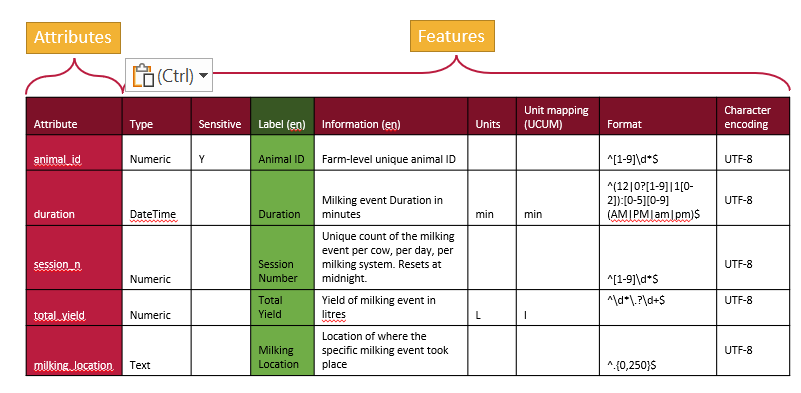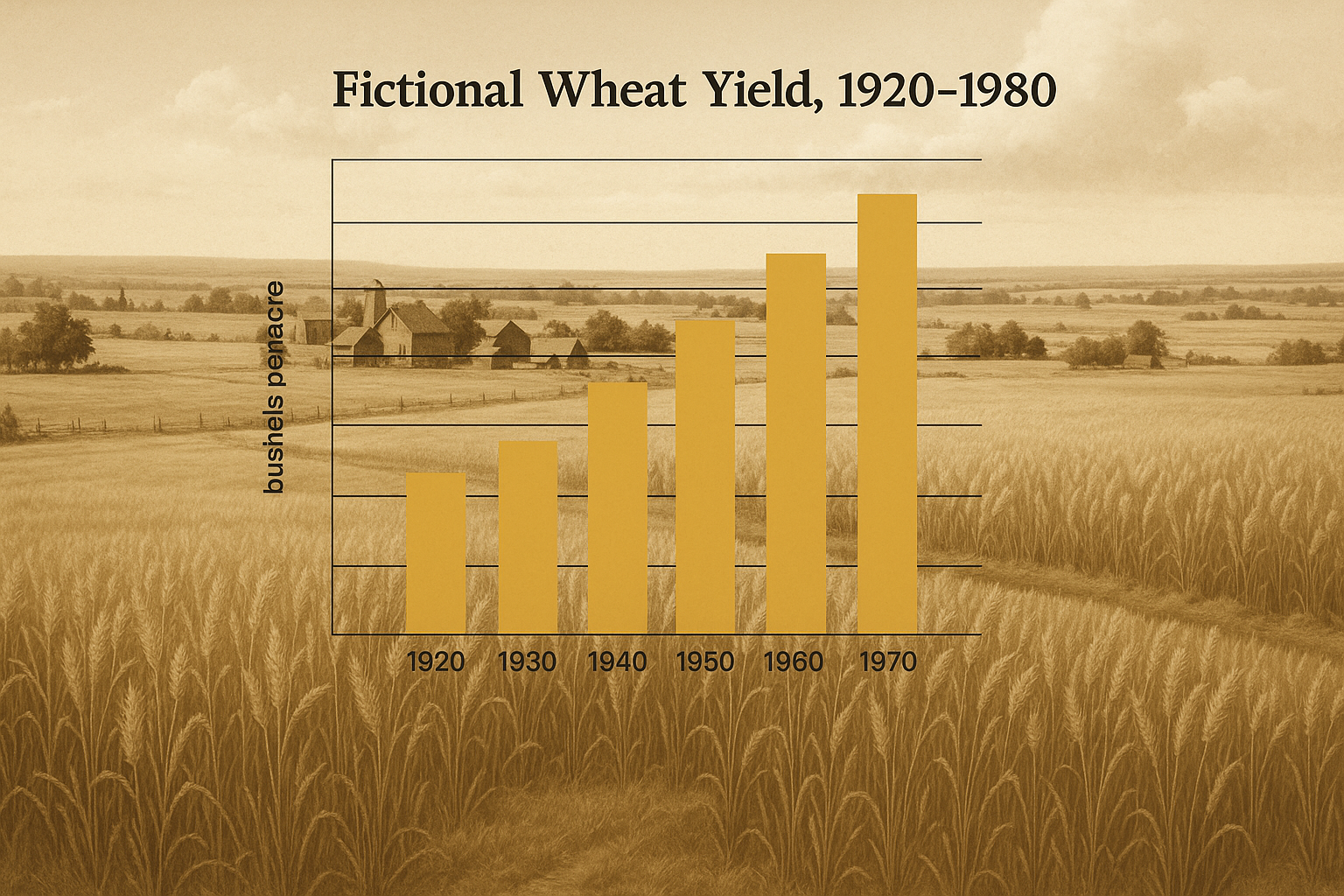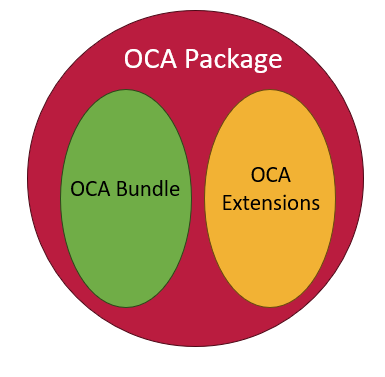Funding for Agri-food Data Canada is provided in part by the Canada First Research Excellence Fund
Custom format rules
When designing a data schema, you’re not only choosing what data to collect but also how that data should be structured. Format rules help ensure consistency by defining the expected structure for specific types of data and are especially useful for data verification. For example, a date might follow the YYYY-MM-DD format, an email address…
ViewArchitecture of OCA Schema Language
Data schemas Schemas are a type of metadata that provide context to your data, making it more FAIR (Findable, Accessible, Interoperable, and Reusable). At their core, schemas describe your data, giving data better context. There are several ways to create a schema, ranging from simple to more complex. The simplest approach is to document what…
ViewFrom Siloed Systems to Shared Success: Debunking the Myths of Research Autonomy in a Shared System
Part of the blog series on Collaborative Research IT Infrastructure In our last post, we explored why a shared infrastructure makes sense—highlighting how collaborative systems reduce costs, improve security, simplify compliance, and offer scalable, cutting-edge tools for research. But even with all these benefits, one hesitation often remains: the fear of losing control. Many researchers…
ViewFormat rules for data
When you’re building a data schema you’re making decisions not only about what data to collect, but also how it should be structured. One of the most useful tools you have is format restrictions. What Are Format Entries? A format entry in a schema defines a specific pattern or structure that a piece of data…
ViewHistorical data – challenges and more ownership quandries
I’ve been trying really hard to – as they say – “Stay in my lane” for these data ownership conversations. Sticking to the research data front as that is my comfort zone and that’s the world I live and play in. However, the topic of data ownership goes well beyond research data. Today, I want…
ViewIdentifiers and identities
In previous blog posts, we’ve discussed identifiers—specifically, derived identifiers, which are calculated directly from the digital content they represent. The key advantage of a derived identifier is that anyone can verify that the cited content is exactly what was intended. When you use a derived identifier, it ensures that the digital resource is authentic, no…
ViewResearch data and data ownership – the continuing saga
I left off my last blog post with a question – well, actually a few questions: WHO owns this data? The supervisor – who is the PI on the research project you’ve been hired onto? OR you as the data collector and analyser? Hmmm…… When you think about these questions – the next question becomes…
ViewTips to standardize data
There are many high quality vocabularies, taxonomies and ontologies that researchers can use and incorporate into their schemas to help improve the quality and accuracy of their data. We’ve already talked about ontologies here in this blog but here we go into a few more details. Semantic Objects Vocabularies, ontologies, and taxonomies are examples of…
ViewDo I own the data or not?
…and we’re back to the data ownership quandry… Just when I think I may have heard all the different types of questions and situations that may arise in the context of data ownership – I hear a new one. When I first heard the situation I’m going to share with you in a moment –…
ViewIntroducing JSON schemas for OCA
If you have been already using the Semantic Engine to write your schemas you will have come across the .zip schema bundle. This is the machine-readable version of your schema written in JSON where each component of you schema is a separate file inside a .zip folder. Overlays Capture Architecture has transitioned now to a…
View












